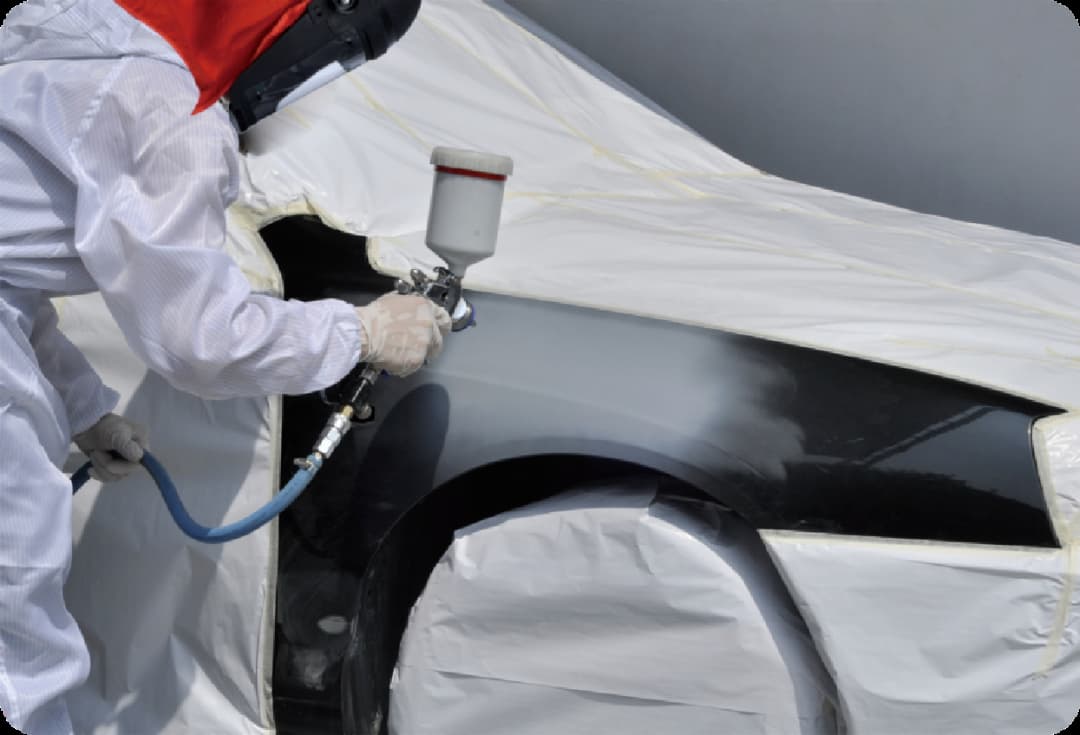Primer shrinkage is a common issue in automotive refinishing that can affect the appearance and durability of the final paint job. Understanding the causes and taking proper preventive measures can significantly improve your repair results.

Fast Solvent Evaporation:
Use appropriate solvents and avoid painting in high temperatures or areas with excessive airflow.
Excessive Coating Thickness:
Follow the recommended guidelines from the product datasheet and control the thickness of each layer.
Improper Drying Conditions:
Ensure drying occurs under suitable temperature and humidity conditions.
Primer Selection:
Use high-quality primers with low shrinkage characteristics.
Mixing Ratio:
Strictly follow the manufacturer’s recommended mixing ratios. Avoid altering the ratios arbitrarily.
Multiple Thin Coats:
Instead of applying one thick layer, apply several thin coats to reduce the risk of shrinkage.
Wet-on-Wet Technique:
Proper use of wet-on-wet application can help minimize primer shrinkage.
Temperature and Humidity Control:
Keep the spraying environment within the recommended temperature and humidity range. Avoid extreme heat or cold.
Airflow Management:
Ensure good ventilation without exposing the coating surface to strong direct airflow.
Follow Recommended Drying Times:
Do not rush the drying process. Allow the primer to fully cure as per the technical data sheet.
Observe Coating Changes:
Ensure the previous layer is completely dry before starting the next step in the painting process.
Surface Check:
Use appropriate tools to inspect the surface flatness and smoothness. Detect and address any potential shrinkage issues early.
Defect Repair:
Fix any primer defects promptly to avoid negative impacts on subsequent painting processes.
By following the above steps, you can effectively reduce primer shrinkage problems and significantly improve the overall quality and efficiency of the automotive refinishing process.